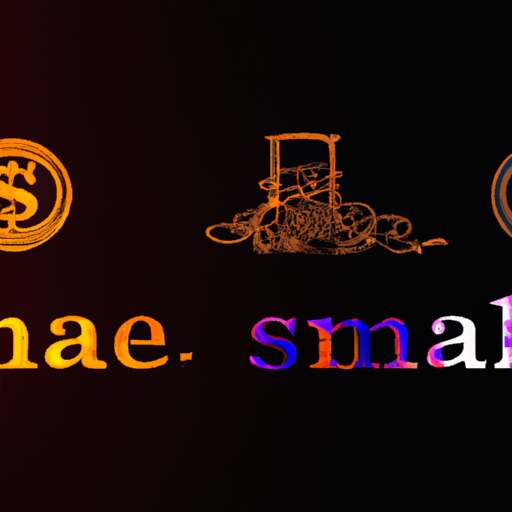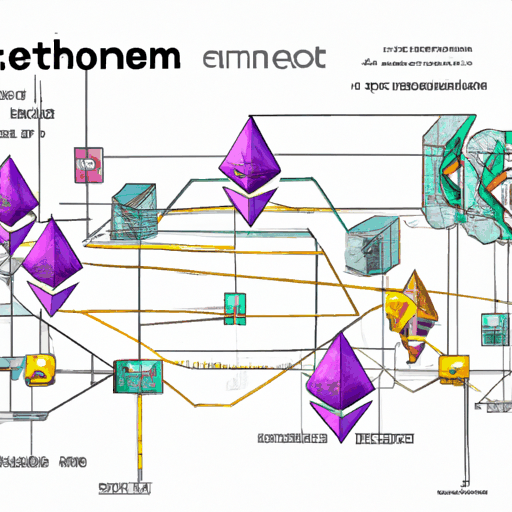
Learn Concept: Understanding Stablecoins and Their Classification
By: Eliza Bennet
In the evolving world of cryptocurrencies, a common concern that emerges is the issue of stability. Most traditional cryptocurrencies like Bitcoin and Ethereum are known for their high volatility, which makes them potentially risky for investors and traders. To combat this issue, the concept of stablecoins was introduced in the crypto space.
Stablecoins are a type of cryptocurrency that are designed to minimize price volatility. This is often achieved by pegging the stablecoin to a reserve of stable assets like the US dollar or other global currencies. By maintaining a stable price, these coins become useful for situations where value needs to be stored or transferred without the risk of significant price fluctuations.
In a significance instance of the dialog around stablecoins, US-based company Circle joined the publicized United States Securities and Exchange Commission's (SEC) case against the prominent cryptocurrency exchange, Binance, to argue that stablecoins cannot be classified as securities. In their court filing, Circle asserts that assets pegged to the U.S. dollar, such as Binance USD (BUSD) or Circle's USD Coin (USDC), do not qualify as securities as their acquisition does not imply expectations of profit from buyers. According to Circle, payment stablecoins do not carry the typical features of an investment contract.
This highlights an essential discussion around the regulation of stablecoins and their classification within the financial ecosystem. Understanding these dynamics can help advanced crypto users appreciate the broader implications of stablecoins on market dynamics and regulatory frameworks.



